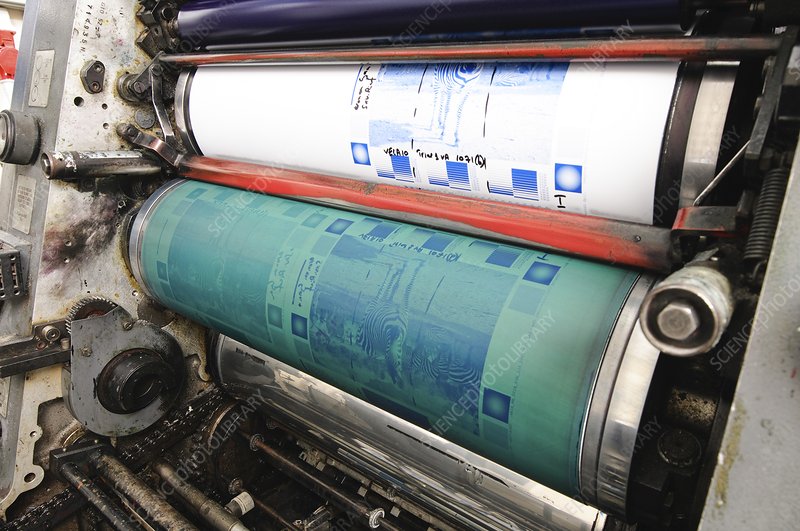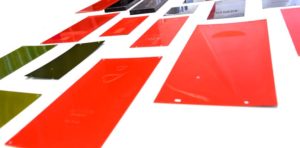The type of plate you choose, can impact your bottom-line.
The concept of Computer-to-Plate (CTP) technology is relatively easy for those in the printing industry to understand, but the numerous nuances and wide variety of manufacturers often make it difficult for business owners and decision-makers to choose the best solution for their specific business needs.
One such distinction is the type of printing plate —the tool which transfers images onto a certain type of material to create the final product — that will meet your expectations.
Thermal plates are the most common among pre-press and printing operations. However, like most solutions, each technology — thermal, photopolymer and silver-halogen plates — has its pros and cons.
Here’s a look at those differences.
Thermal Plates.
Thermal CTP has been a big hit around the world. Thermal technology was introduced at DRUPA, the largest printing equipment exhibition in the world, held every four years in German. In 1995, the conference attracted over 385,000 visitors, 1,670 exhibitors from 44 countries and all of the big printing brands announced one or more thermal-related products.
Advantages.
- Offer the highest quality output when compared to the other two competing technologies
- Depending on the type of paper, thermal printers don’t need ink or toner, only heat
- Processing during daylight hours is possible so a safe light is not necessary
- Improved print consistency across both the length of runs and repeat runs
- Require little or no processing
- Provide the largest section of plate options across a multitude of providers
- Less impact to the environment
- Can output longer runs, exceeding 1 million impressions (but requires baking); Unbaked run lengths vary from 100,000 to 500,000
- A durable plate
- Doesn’t cause overexposure
- Outputs finer and sharper detail, accommodating over 200 lines per inch (LPI)
- High process stability
Disadvantages.
- Some thermal plates need baking to achieve longer runs, requiring an additional step in the process, more labor resources and time
- There are fewer plate choices in the no-bake category
- Post-baking may damage plates by weakening the aluminum, cracking and requiring early replacement
- Requires more time
- Some printers cite substantial cost premiums
- Thermal equipment is more complex than competing technologies
- Maintenance costs can be higher
- Plate imaging is slower
In our next post(Part 2)...
we will talk about photopolymer plates.
we will also discuss its advantages and diadvantages.




